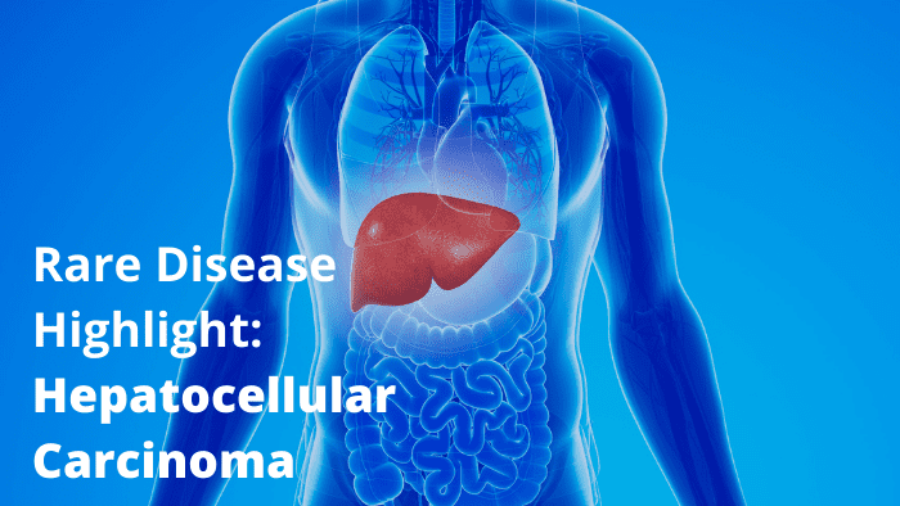Hepatocellular carcinoma (HCC) is the most common form of liver cancer, accounting for 90% of cancer cases starting in the liver. [1, 2] Further, it is the fifth most common cancer worldwide but is rare in the United States with a prevalence of just over 100,000. [2, 3] HCC is also highly metastatic, meaning as the cancer progresses it may spread to other locations in the body, like the lungs, bone, or lymph nodes in the abdomen, and a lethal cancer. [1, 4] Specifically, it is the third major leading cause of cancer-related deaths worldwide, with only 20.8% of patients expected to survive more than 5 years in the US. [3, 5] Other complications of HCC may include, but are not limited to, bleeding in the esophagus due to enlarged veins, which are called varices, blood clots in veins involved with the liver system, and formation of pus-filled pockets of fluid within the liver. [2] While most liver cancers are preventable, the incidence of HCC has increased in the US, possibly due to the prevalence of common risk factors such as chronic liver disease, viral liver infections such as hepatitis, and severe scarring of the liver. [2, 3] HCC can be treated with liver transplant, surgery, and chemotherapy, but it has a high risk of developing resistance to chemotherapy techniques, such as sorafenib. [4, 6] Additionally, 60-80% of HCC patients who receive liver transplantation or surgery are expected to survive more than 5 years. However, after 5 years following the surgical procedure, the risk of HCC recurrence remains high at 70%, while less than 15% of patients are expected to have disease recurrence post-transplantation. [2] Based on the overall dismal prognosis and inadequate available treatment interventions, there is a clear need for new treatment options for this serious condition.
References
1. ACS. What Is Liver Cancer? 2019 4/27/2022]; Available from: https://www.cancer.org/cancer/liver-cancer/about/what-is-liver-cancer.html.
2. Asafo-Agyei, K.O. and H. Samant. Hepatocellular Carcinoma. 2021 4/27/2022]; Available from: https://www.ncbi.nlm.nih.gov/books/NBK559177/.
3. SEER. Cancer Stat Facts: Liver and Intrahepatic Bile Duct Cancer. 2019 4/27/2022]; Available from: https://seer.cancer.gov/statfacts/html/livibd.html.
4. NCCN. Liver Cancer – Hepatobiliary Cancers. 2021 4/27/2022]; Available from: https://www.nccn.org/patients/guidelines/content/PDF/liver-hp-patient.pdf.
5. Globocon, WHO: Liver Fact Sheet. 2020.
6. Pan, S.T., et al., Molecular mechanisms for tumour resistance to chemotherapy. Clin Exp Pharmacol Physiol, 2016. 43(8): p. 723-37.
BioPharma Global is a mission-driven corporation dedicated to using our FDA and EMA regulatory expertise and knowledge of various therapeutic areas to help drug developers advance treatments for the disease communities with a unmet medical needs. If you are a drug developer seeking regulatory support for Orphan Drug designation, Fast Track designation, Breakthrough Therapy designation, other FDA/EMA expedited programs, type A, B (pre-IND, EOPs), or C meeting assistance, or IND filings, the BioPharma Global team can help. Contact us today to arrange a 30-minute introductory call.

